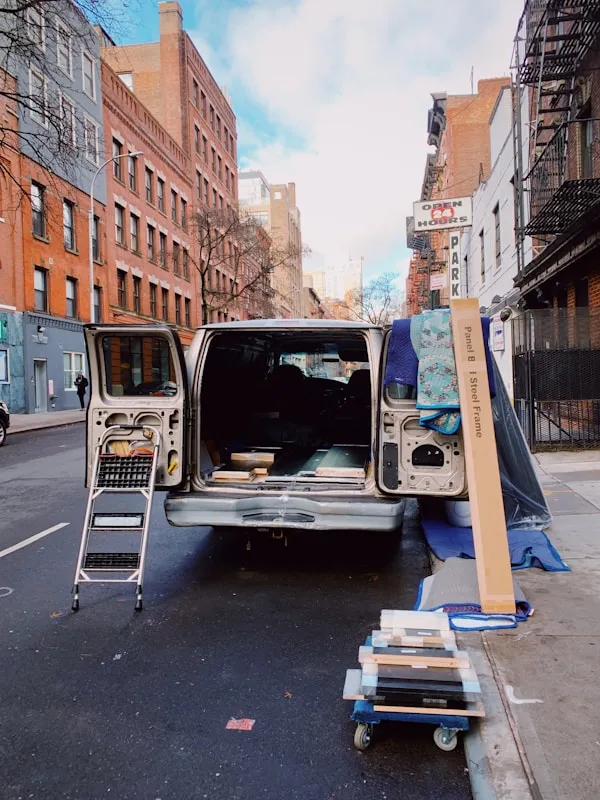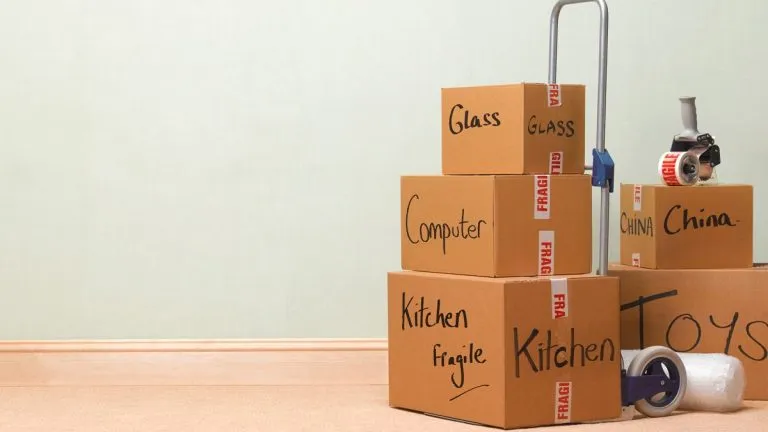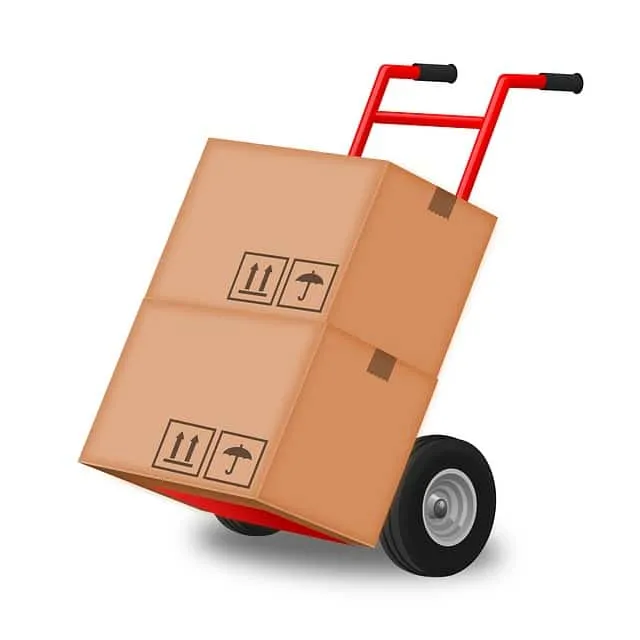Arizona's
Top Moving Company
"Quick, Efficient, Professional Service"
"We make moving enjoyable"
"More than a moving company"

Move with Confidence
You Deserve The Best Moving Company in Arizona
How we meet your needs: We employ AMSA Certified, professional movers. Our family owned, local moving company in Arizona that wins awards for quality and customer satisfaction. Services include residential and commercial moves, secure storage, packing, full service and labor only moves. Serving all of Arizona, we make the hassle of moving disappear!
Places we move in Arizona: Phoenix - Scottsdale - Mesa - Chandler- Gilbert - Surprise - Glendale - Peoria - Tempe

Comprehensive Arizona Moving Solutions
Move with Confidence

Top Moving Company
Named One of Top Arizona Moving Companies
Express Movers recently launched a partnership with TM Movers, which will help families, individuals and businesses have more convenient move schedules at better prices. Alongside our partnership, Express Movers added a new fleet of small to large transportation vehicles to accommodate the demand for moving company services in Washington. As a premier moving company, our moving services focused around each customer and their needed move. Going the extra mile to showcase Washington’s residents that we are a quality and dependable moving company.
#1 Trusted MOVERS in Arizona

Moving Tips and Strategies

Get A Free Quote. Goods Moved Without Damage
Get peace of mind with our certified professionals ensuring a smooth move at a fair price.

Pack one room at a time. This will make unpacking easier.
Offering 100% customer satisfaction Reasonable Price

We will deliver your belongings to you at normal moving rates
Offering 100% customer satisfaction Reasonable Price
Certified Professionals
We Are Proud to Support
If you will need frequent access to your stored goods, moving them into a public facility or “self storage” is a more practical choice. Loading and unloading to a storage facility is one of the services we offer. Express moving company is happy to do all the work of moving your goods into the storage unit and stacking items to make best use of space and to allow ease of access.
All moves and communication done via ServGrow and their innovative moving software for full field service management at every turn. Never wonder what's going on with your move.
Moving out or in, and need a carpet cleaner? Nothing is better than the feel and energy of a clean interior space.
Cheerful, Friendly Professionals
Our family established this moving and storage company in Bellevue in 2003. We quickly achieved our goal of making the Express Movers name synonymous with superior quality and service. Our small business takes great pride in being chosen as “The Best Movers” in several different consumer choice venues.Moving is stressful, but we strive to make it more pleasant for you by bringing a cheerful demeanor and sense of humor to our work. We hope you will enjoy this video, starring some of our fine employees.
Fully insured in accordance with State regulations Properly licensed in the State of Washington WUTC #HG-61664 Compliant with all WUTC rules and regulations.
What your neighbors say
extremely careful with our belongings...
they exceeded my expectations...
Express Movers went above and beyond...
EXPRESS MOVERS
A Reasonable Price
Express Movers, prides on its uniqueness and on its excellence when it comes to moving hundreds, if not thousands, of people, businesses and more each year to their new homes and residences.
"Goods Moved Without Damage"



